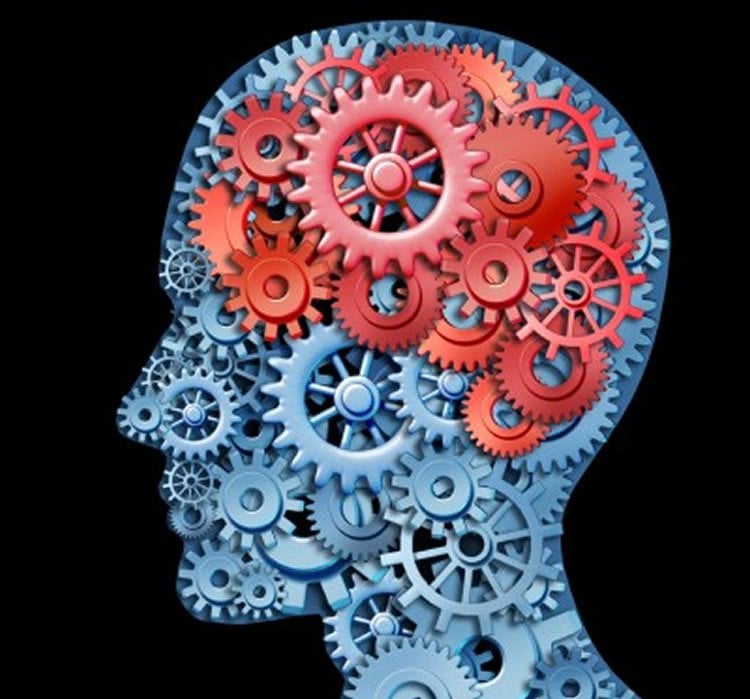Researchers have discovered a new technique to enhance brain excitability that could improve physical performance in healthy individuals such as athletes and musicians.
The technique could also improve treatments for neurological and neuropsychological conditions such as stroke, depression and chronic pain.
The idea of stimulating different parts of the brain with electricity may sound futuristic, but these types of treatments have a remarkably long history. Early physicians and scientists such as Claudius Galen (the Roman physician) and Avicenna (the Persian physician) did not understand exactly why electrical therapy (using torpedo fish) was effective, but they did recognise that it could be used to non-invasively treat a number of illnesses such as joint pain, headaches and epilepsy.
Current treatment methods used are transcranial direct current simulation (tDCS) – which is application of a low intensity direct (constant) current between two electrodes on the head, and transcranial alternating current stimulation (tACS) – which sees a constant electrical current flow back and forth.
The treatments are favored, as they are non-invasive with no or minimal side effects.

In 2013, Dr Shapour Jaberzadeh and his group, from the Department of Physiotherapy at Monash University, discovered a new technique that compared to conventional tDCS, significantly increases the brain excitability.
“This treatment, which we called transcranial pulsed current stimulation (tPCS) is a non-constant form of stimulation with “on” and “off” periods – or pulsing – between the two electrodes,” Dr Jaberzadeh said.
“We discovered that this new treatment produced larger changes in the brain and that the interval between pulses also had an effect. The shorter the interval between pulses the larger the excitability effect in the brain.”
In a new paper published in PLOS ONE today, Dr Jaberzadeh has continued this work and found that the duration of the pulses also make a significant difference in creating brain excitability changes.
“The pulsation of the current induces larger excitability changes in the brain. These changes are larger when we use longer pulses.”
“When we learn a task during movement training (for example playing the piano), gradually our performance gets better. This improvement coincides with enhancement of the brain excitability. Compared to tDCS, our novel technique can play an important role in enhancement of the brain excitability, which may help recipients learn new tasks faster.”
Dr Jaberzadeh said the technique had exciting implications for a whole host of conditions in which “enhancement of the brain excitability” has a therapeutic effect. These include priming the effects of repetitive task-specific training for treatment of stroke and other neurological disorders, mental disorders and management of pain.
“Our next step is to investigate the underlying mechanisms for the efficacy of this new technique. This will enable us to develop more effective protocols for application of tPCS in patients with different pathological conditions.”
Source: Monash University
Image Credit: The image is credited to Monash University
Original Research: Full open access research for “Anodal Transcranial Pulsed Current Stimulation: The Effects of Pulse Duration on Corticospinal Excitability” by Shapour Jaberzadeh, Andisheh Bastani, Maryam Zoghi, Prue Morgan, and Paul B. Fitzgerald in PLOS ONE. Published online July 15 2015 doi:10.1371/journal.pone.0131779
Abstract
Anodal Transcranial Pulsed Current Stimulation: The Effects of Pulse Duration on Corticospinal Excitability
The aim is to investigate the effects of pulse duration (PD) on the modulatory effects of transcranial pulsed current (tPCS) on corticospinal excitability (CSE). CSE of the dominant primary motor cortex (M1) of right first dorsal interosseous muscle was assessed by motor evoked potentials, before, immediately, 10, 20 and 30 minutes after application of five experimental conditions: 1) anodal transcranial direct current stimulation (a-tDCS), 2) a-tPCS with 125 ms pulse duartion (a-tPCSPD = 125), 3) a-tPCS with 250 ms pulse duration (a-tPCSPD = 250), 4) a-tPCS with 500 ms pulse duration (a-tPCSPD = 500) and 5) sham a-tPCS. The total charges were kept constant in all experimental conditions except sham condition. Post-hoc comparisons indicated that a-tPCSPD = 500 produced larger CSE compared to a-tPCSPD = 125 (P<0.0001), a-tPCSPD = 250 (P = 0.009) and a-tDCS (P = 0.008). Also, there was no significant difference between a-tPCSPD = 250 and a-tDCS on CSE changes (P>0.05). All conditions except a-tPCSPD = 125 showed a significant difference to the sham group (P<0.006). All participants tolerated the applied currents. It could be concluded that a-tPCS with a PD of 500ms induces largest CSE changes, however further studies are required to identify optimal values.
“Anodal Transcranial Pulsed Current Stimulation: The Effects of Pulse Duration on Corticospinal Excitability” by Shapour Jaberzadeh, Andisheh Bastani, Maryam Zoghi, Prue Morgan, and Paul B. Fitzgerald in PLOS ONE. Published online July 15 2015 doi:10.1371/journal.pone.0131779






